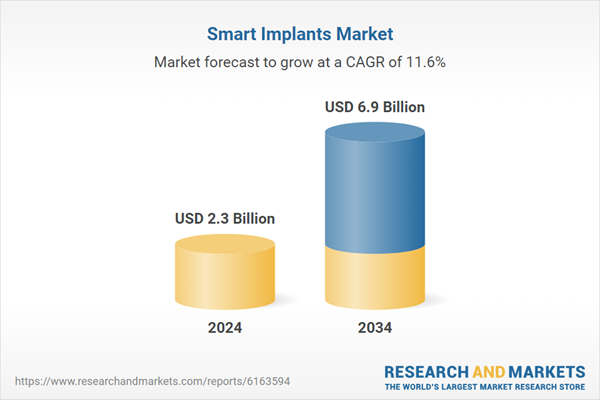In 2024, the cardiovascular implants segment held 78.1% share. This dominance is fueled by the widespread need for pacing systems, insertable monitors, and other implantable devices aimed at managing the increasing number of individuals with cardiac conditions. These smart cardiac devices are being deployed at a higher rate as their therapeutic and diagnostic capabilities continue to improve, offering physicians real-time insight into patient health and facilitating more targeted treatment strategies. The large number of patients dealing with chronic cardiovascular disorders is a driving factor, and ongoing advancements in implant functionality continue to strengthen their clinical value in everyday cardiology practice.
The open surgery segment held a 63.5% share in 2024 and is projected to maintain steady growth over the coming years. This surgical approach remains the preferred method in cases where enhanced anatomical visibility and precision are critical, especially in complex cardiovascular and orthopedic procedures. Open surgery is also widely used in trauma care and in regions where access to minimally invasive techniques is limited. Surgeons in orthopedic and neurology disciplines often favor open procedures for their reliability, particularly when treating patients with multiple comorbidities or anatomical challenges.
United States Smart Implants Market reached USD 1.3 billion in 2024 and is set to grow at a CAGR of 11.5% through 2034. Growth in this region is fueled by the presence of a robust healthcare infrastructure, high research and development activity, and an increasing volume of surgical procedures conducted in outpatient and ambulatory surgical centers. As patient preference shifts toward shorter hospital stays and same-day surgical interventions, the adoption of intelligent implantable devices is surging. Additionally, the growing prevalence of neurological and cardiovascular conditions continues to increase the demand for advanced implant technologies that offer continuous monitoring and targeted therapy delivery.
Key players in the Smart Implants Market include NeuroPace, Boston Scientific, DirectSync Surgical, Zimmer Biomet, Intelligent Implants, Biotronik, Abbott, and Medtronic. These companies are actively contributing to shaping the direction of the industry through technological innovation and patient-centric product design. Companies operating in the smart implants market are implementing strategic initiatives focused on product innovation, clinical validation, and market penetration to enhance their competitive edge. Leading players are investing heavily in R&D to design devices that integrate AI, wireless communication, and sensor technology for real-time health tracking. Collaborations with academic institutions and research bodies are helping to accelerate the development of implants tailored to specific diseases. To expand their geographic footprint, companies are entering into strategic distribution partnerships and expanding manufacturing capabilities in key regions.
This product will be delivered within 2-4 business days.
Table of Contents
Companies Mentioned
The companies profiled in this Smart Implants market report include:- Abbott
- Biotronik
- Boston Scientific
- DirectSync Surgical
- Intelligent Implants
- Medtronic
- NeuroPace
- Zimmer Biomet
Table Information
| Report Attribute | Details |
|---|---|
| No. of Pages | 135 |
| Published | July 2025 |
| Forecast Period | 2024 - 2034 |
| Estimated Market Value ( USD | $ 2.3 Billion |
| Forecasted Market Value ( USD | $ 6.9 Billion |
| Compound Annual Growth Rate | 11.6% |
| Regions Covered | Global |
| No. of Companies Mentioned | 9 |









